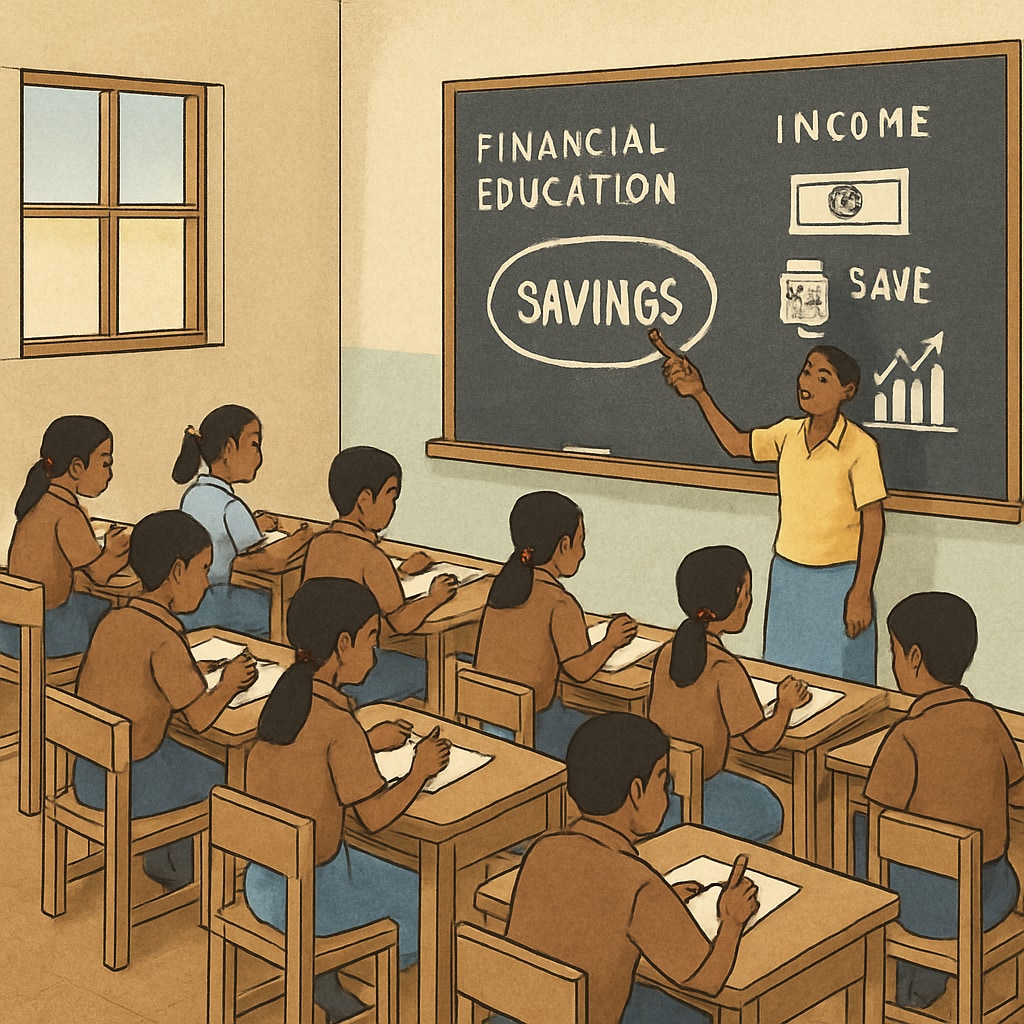Finance students in developing countries often grapple with significant obstacles in their career planning, financial education, and international development. Limited educational resources, saturated local job markets, and restricted access to global opportunities create a challenging environment for aspiring professionals. However, these barriers can be overcome through strategic choices, including international education, alternative career paths, and local innovation.
Understanding the Challenges for Finance Students
In regions like Mali and other developing countries, the financial sector often lacks the infrastructure and diversity seen in more developed economies. Educational institutions may have limited access to advanced financial tools and frameworks, leaving students underprepared for the demands of the global job market. Additionally, the local employment landscape is frequently oversaturated, with a surplus of graduates competing for a handful of opportunities. This combination of limited educational resources and constrained job markets makes it difficult for finance students to envision a clear path forward.

Exploring Solutions: International Education and Exchange Programs
One of the most effective ways to circumvent local limitations is to pursue international education. Scholarships, exchange programs, and online courses offered by global institutions provide access to advanced financial theories and practices. For example, platforms like Coursera and edX offer courses from top universities, enabling students to build competitive skills. Additionally, organizations like the Fulbright Program and Erasmus+ facilitate cultural and educational exchange, broadening horizons and fostering global career readiness.
Alternative Career Paths in Finance
Another strategy is to explore alternative career paths within the financial sector. Instead of traditional roles like banking or investment analysis, students can consider emerging fields such as fintech, microfinance, or sustainable finance. These areas often have less competition and align with the unique needs of developing economies. For instance, microfinance initiatives aimed at empowering local entrepreneurs can provide meaningful career opportunities while positively impacting the community.

Leveraging Local Innovation to Build Careers
Developing countries also offer a unique advantage: the potential for grassroots innovation. Students can leverage local knowledge to create solutions tailored to their communities. For example, starting a financial literacy program or developing low-cost investment tools could address critical gaps in the market. By identifying and solving local financial challenges, students not only build valuable experience but also contribute to the growth of their country’s economy.
Moreover, partnerships with local organizations and NGOs can provide the resources and networks needed to launch these initiatives. Platforms like United Nations Sustainable Development Goals offer guidance and support for projects that align with global sustainability objectives.
Final Thoughts: Embracing Global Opportunities
While the career landscape for finance students in developing countries is undoubtedly challenging, it is also filled with potential. By pursuing international education, exploring alternative career paths, and harnessing local innovation, students can overcome their obstacles and achieve remarkable success. With the right strategies and a global mindset, the boundaries that once seemed insurmountable can become stepping stones toward fulfilling careers.
As a result, finance students in developing countries are empowered to not only navigate their immediate challenges but also contribute meaningfully to the global financial ecosystem. The key lies in identifying opportunities, embracing lifelong learning, and creating impactful solutions tailored to their unique circumstances.
Readability guidance: This article uses concise paragraphs, clear headers, and practical examples to enhance readability. Passages are structured to balance technical insights with accessible language, ensuring engagement for readers across diverse backgrounds.


